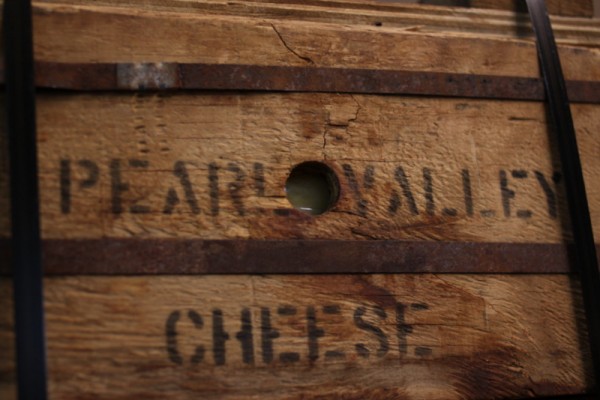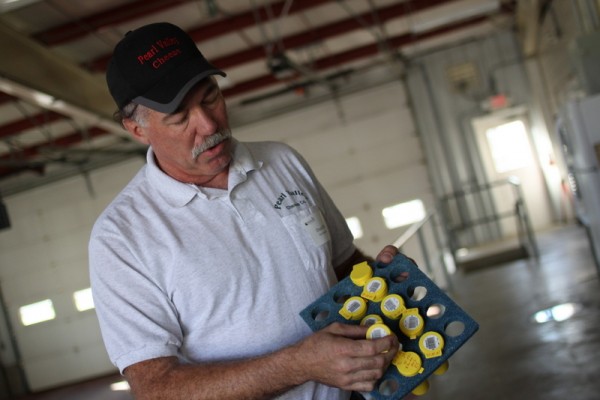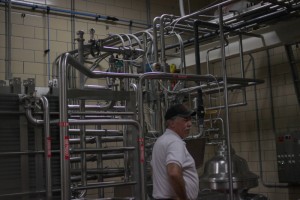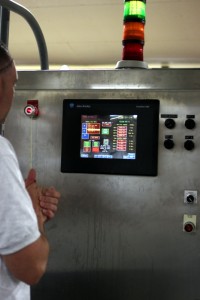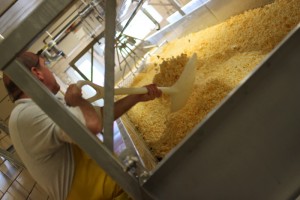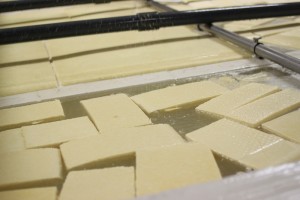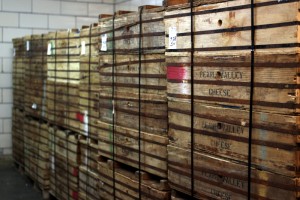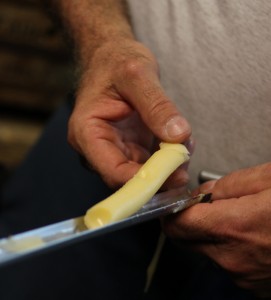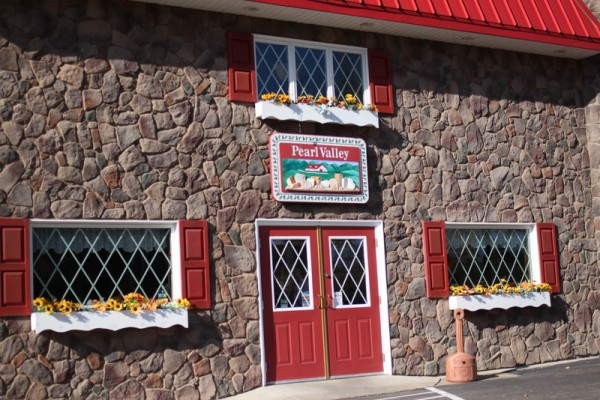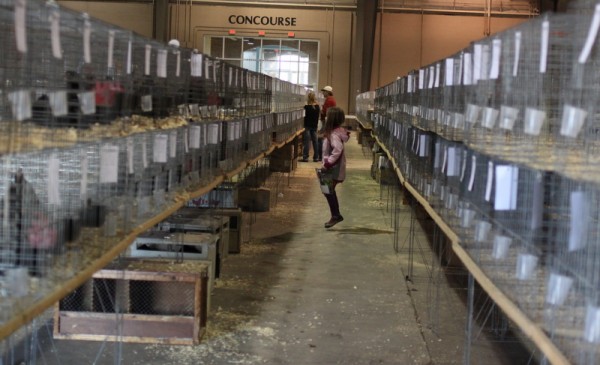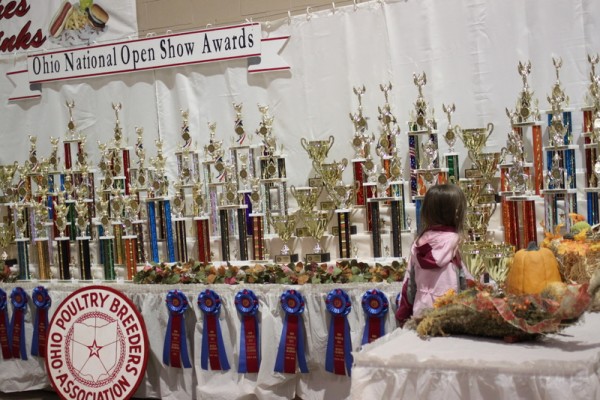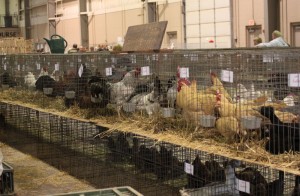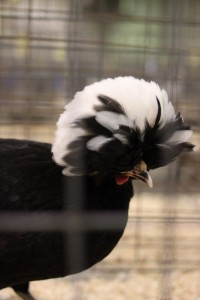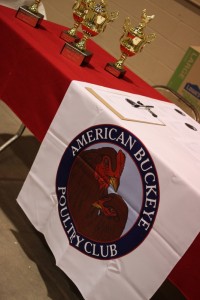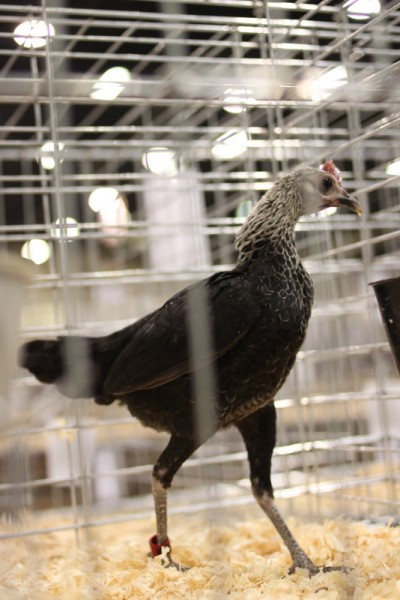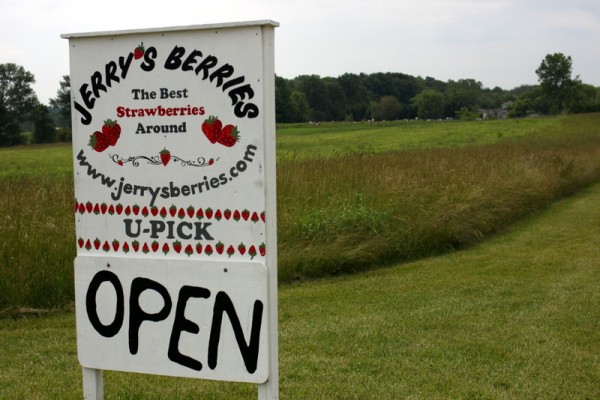 Finding strawberries seems to be an ever-elusive springtime goal of mine. No other fruit causes me to panic when I can't get them because of weather or farm issues or my own busy-ness. Strawberries are typically my first local preserves of the season, the turning point when empty jars become full again.
This year was no exception. My favorite farm from last year, Bird's Haven, had no u-pick berries available due to deer pressure while work and family distractions delayed finding a new farm. Our own patch produced well but only enough for a daily handful. I found myself fixated on picking strawberries once again.
Finding strawberries seems to be an ever-elusive springtime goal of mine. No other fruit causes me to panic when I can't get them because of weather or farm issues or my own busy-ness. Strawberries are typically my first local preserves of the season, the turning point when empty jars become full again.
This year was no exception. My favorite farm from last year, Bird's Haven, had no u-pick berries available due to deer pressure while work and family distractions delayed finding a new farm. Our own patch produced well but only enough for a daily handful. I found myself fixated on picking strawberries once again.
Alex, Lil, and I were finally able to find a morning to visit a highly-recommended farm new to us. Jerry's Berries is located south east of Columbus in Baltimore, Ohio, a forty minute drive from our homestead.
What makes Jerry's unique among local farms is the number of varieties. Each are labeled and pickers are encouraged to taste the rows to find their favorite. Our family preferred NorthEaster and Sparkle. Both of these kinds are small but highly flavorful, making them worth the extra time spent picking and processing.
Jerry's will provide a basket or you can bring your own to weigh before picking. Berries are $1.90 per pound. The entire berry patch is contained in a tall deer fence, which conveniently keeps kids close too. Some varieties were picked over but we (two adults and a child more interested in her stuffed cat than filling a basket) were able to gather 15.75 pounds in 90 minutes.
The farm claims to use no pesticides and follow natural practices; indeed their plants appear naturally healthy. Weeds and pollinator insects are abundant but not so much as to be a problem to u-pickers. Jerry shared that they do use chemical fertilizers to replace nutrient loss. He expects the farm to have berries for another couple weeks - the website is updated daily with picking conditions.
Our opinion is that Jerry's Berries is simple and lovely. Rows are mulched generously with straw, making the hunt for small, flavorful berries pleasant. There are no items for sale other than u-pick berries, something I very much appreciate. No mother who just sweated over 10 pounds of sweet, juicy berries should have to negotiate about junk food while settling up with the farmer.
Now that my first fruit of the year are in the pantry, I can release the panicky feeling. Fresh fruit and vegetables are more abundant every day and soon all the empty jars will be filled again.
Jerry's Berries - www.jerrysberries.com
2849 Basil Western Rd. Baltimore Ohio 43105 USA Hours of operation: Monday - Friday, 6:00 pm to 8:00 pm; Saturday, 10:00 am to 8:00 pm; Sundays, 11:00 am to 8:00 pm Phone: 740-862-8819 or 740-862-8481

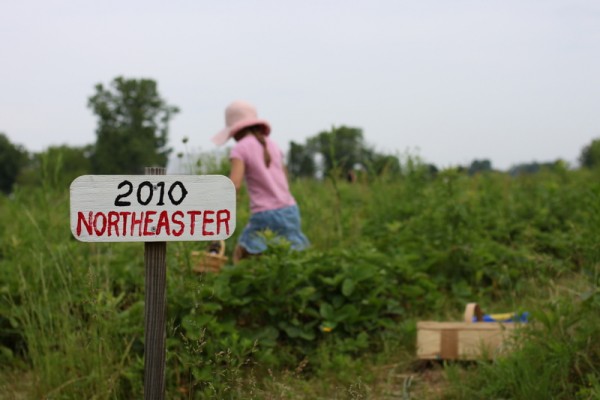
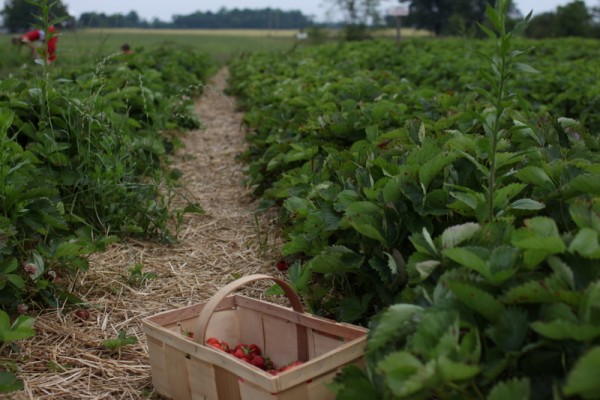
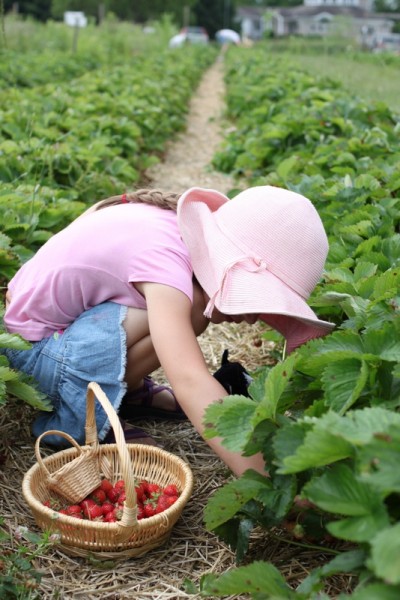
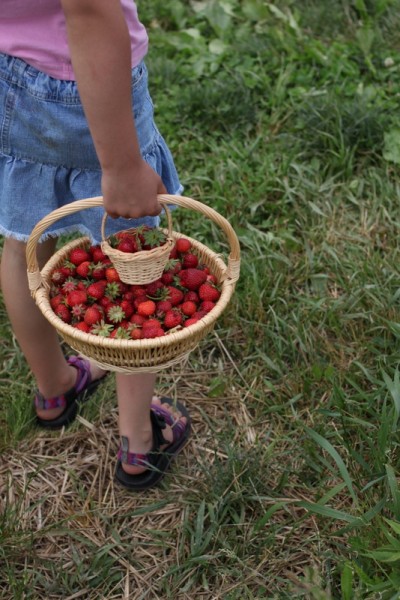




 Far from the stodgy, box-mix recipes of the 70s,
Far from the stodgy, box-mix recipes of the 70s, 
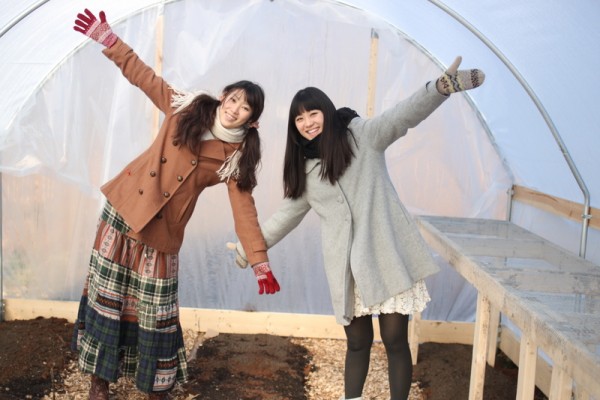
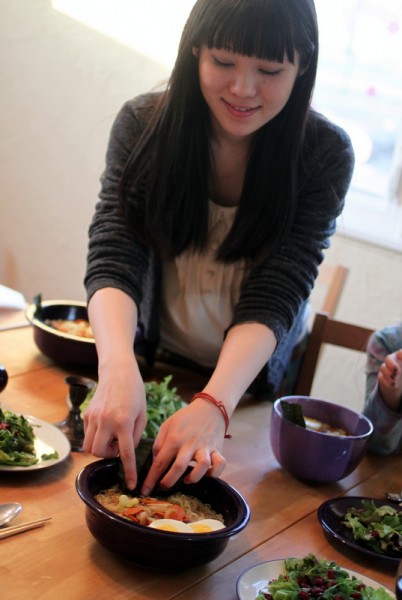
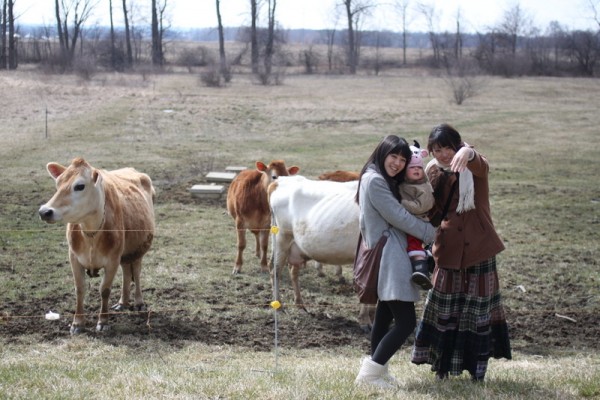

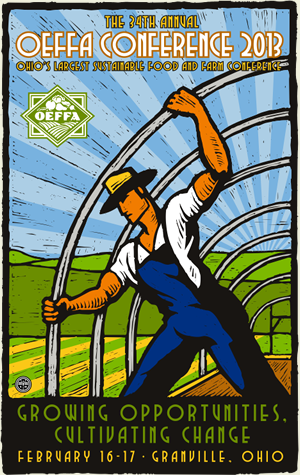
 by farmers at
by farmers at 
